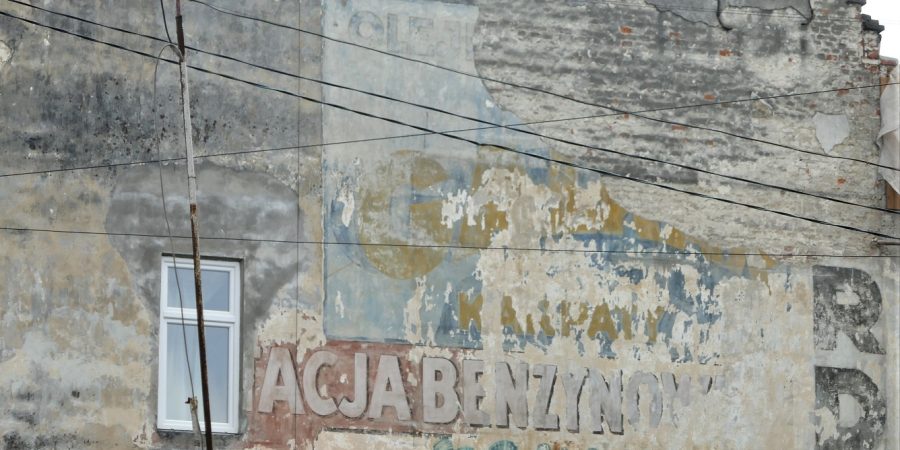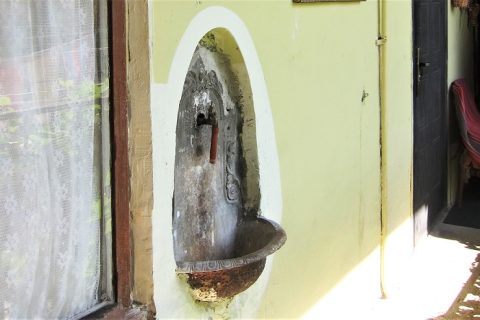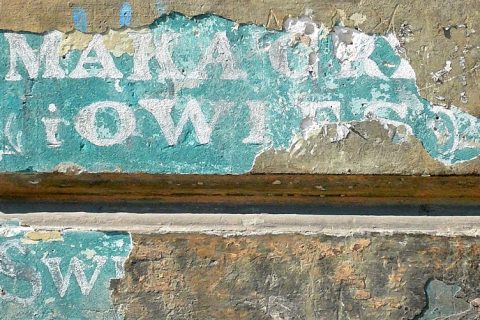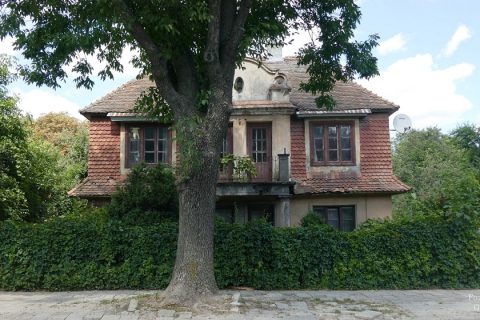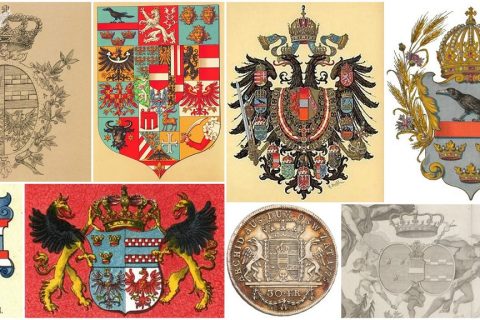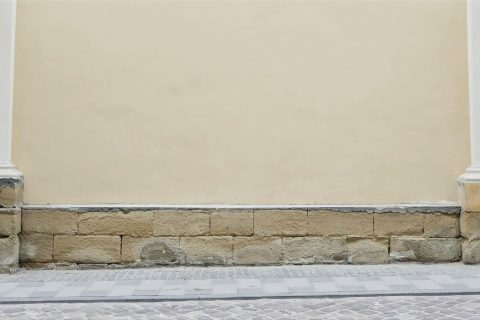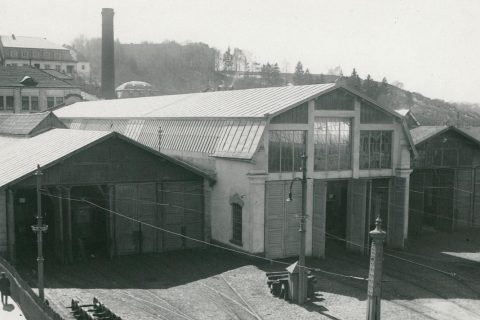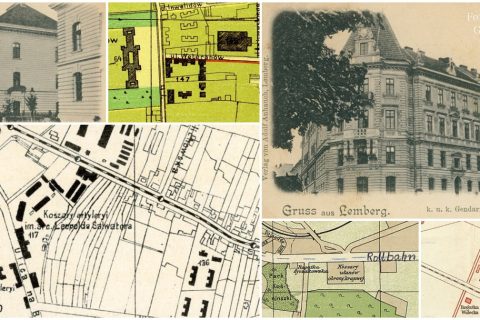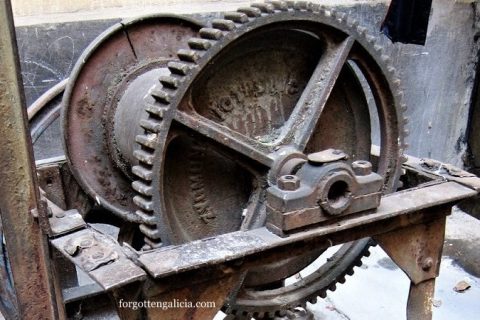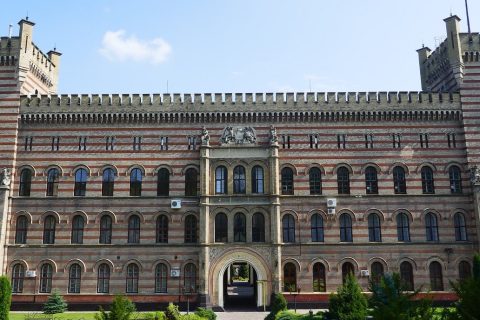Billboard-Style Ghost Signs in Lviv
Most of Lviv’s ghost signs are found on the front of buildings, advertising products sold in a particular store. But there are a handful of larger ones as well, located on exposed sides of buildings, sometimes above the rooftops or on the entire side of a building. Often they were […]
Read More
